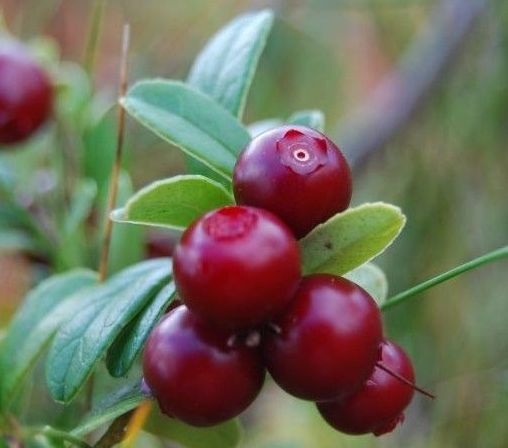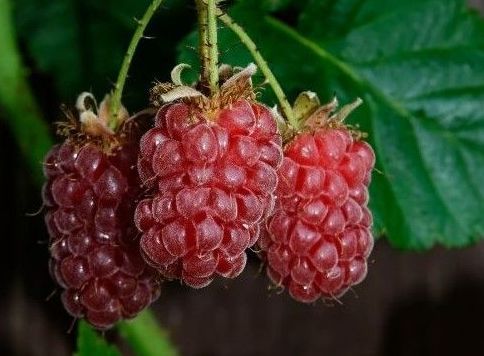PLANT IDENTIFICATION
Plant Identification

August 19, 2024
Throughout this series, we will explore the various flora that call our favorite hiking areas home. From the shores of the east coast to the old growth forest of the west, we'll dive into the rich tapestry of trees, uncovering their unique characteristics, ecological significance, and the stories they hold within their rings. Join us on this journey to Monterey County as we learn about the various plant species along scenic trails and inspire a deeper connection to nature.

July 3, 2024
Throughout this series, we will explore the various flora that call our favorite hiking areas home. From the shores of the east coast to the old growth forest of the west, we'll dive into the rich tapestry of trees, uncovering their unique characteristics, ecological significance, and the stories they hold within their rings. Join us on this journey to the Wallowa Mountains as we learn about the various plant species along scenic trails and inspire a deeper connection to nature.
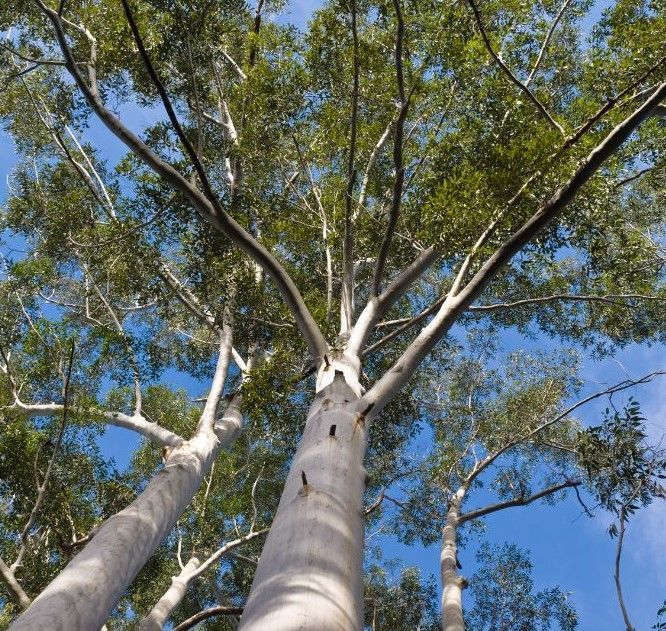
June 26, 2024
Eucalyptus trees are renowned for their distinctive aroma, rapid growth, and versatility. Native to Australia, these trees have spread worldwide, finding uses in various industries and becoming popular in landscaping. Appearance and Habit Eucalyptus trees can range from small shrubs to towering giants over 200 feet tall. They typically have a straight, slender trunk with a canopy that can be either open and airy or dense and bushy, depending on the species. The bark varies significantly among species, ranging from smooth and rough to fibrous or peeling in long strips, and the color can span from creamy white and light gray to brown and reddish hues. Eucalyptus leaves are generally long, narrow, and lance-shaped. Young leaves are often rounder and more blue-gray, while mature leaves are greener and more elongated, emitting a strong, aromatic fragrance when crushed. The flowers of the eucalyptus are small and clustered, usually white, yellow, pink, or red, and rich in nectar. The fruit is a woody capsule often referred to as a "gumnut," which contains numerous tiny seeds.

June 3, 2024
Throughout this series, we will explore the various flora that call our favorite hiking areas home. From the shores of the east coast to the old growth forest of the west, we'll dive into the rich tapestry of trees, uncovering their unique characteristics, ecological significance, and the stories they hold within their rings. Join us on this journey to the Na Pali Coast as we learn about the various plant species along scenic trails and inspire a deeper connection to nature.
May 16, 2024
The Kousa Dogwood, scientifically known as Cornus kousa , is a small deciduous tree native to East Asia, particularly Japan, Korea, and China. It's become a popular ornamental landscape tree, highly regarded for its smaller stature, low maintenance requirements, and unique spring-blooming flowers.

May 10, 2024
Throughout this series, we will explore the various flora that call our favorite hiking areas home. From the shores of the east coast to the old growth forest of the west, we'll dive into the rich tapestry of trees, uncovering their unique characteristics, ecological significance, and the stories they hold within their rings. Join us on this journey to the Kachemak Bay as we learn about the various plant species along scenic trails and inspire a deeper connection to nature.
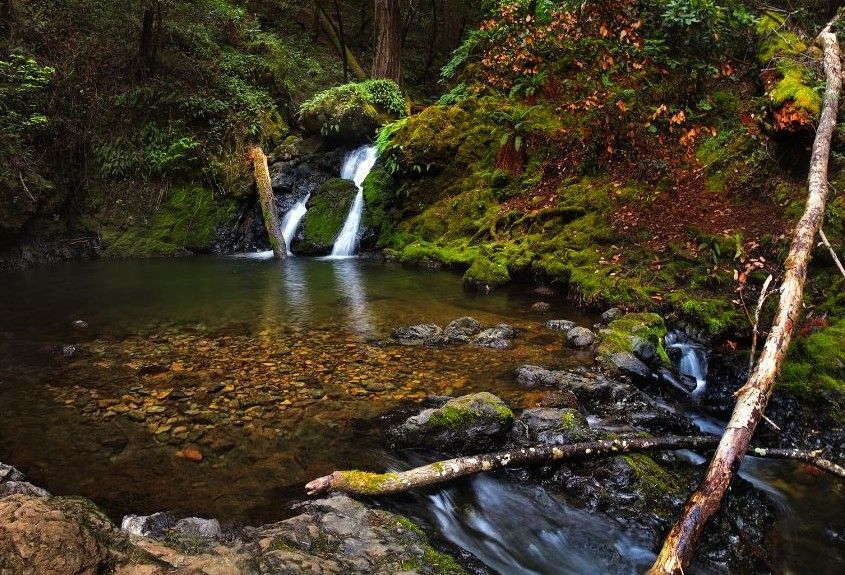
April 24, 2024
Throughout this series, we will explore the various flora that call our favorite hiking areas home. From the shores of the east coast to the old growth forest of the west, we'll dive into the rich tapestry of trees, uncovering their unique characteristics, ecological significance, and the stories they hold within their rings. Join us on this journey to the Smokey Mountains as we learn about the various plant species along scenic trails and inspire a deeper connection to nature.
April 12, 2024
Japanese stewartia, scientifically known as Stewartia pseudocamellia , is a deciduous flowering tree native to the temperate regions of East Asia, particularly Japan, Korea, and select areas of China. This species thrives in diverse habitats, ranging from mountainous forests to lowland valleys, where it contributes to the rich diversity of the region's flora. It belongs to the Theaceae family, and is closely related to camellias and tea plants. The Japanese stewartia is prized for its stunning visual qualities, including its showy white flowers with yellow centers, which bloom in summer. The flowers resemble those of camellias, hence the species name "pseudocamellia." The foliage is also attractive, with densely-packed, glossy green leaves that turn shades of orange, red, and purple in the fall, providing a vibrant display of autumn color. But perhaps its most captivating trait is its bark – a mosaic of colors that peels away to reveal a tapestry of white, red, and brown. As the tree matures, its outer layers of bark gradually peel away in irregular patches, exposing the smooth, fresh bark beneath (similar to how sycamores shed). This process not only adds visual interest but also provides an interesting insight into the tree's age and growth patterns. In younger trees, the bark may be smoother and lighter in color, while older trees often develop rougher, darker bark with more pronounced patterns of exfoliation. Changes in bark texture and coloration can indicate periods of rapid growth, environmental stress, or disease. Japanese stewartia is an excellent choice for an ornamental, or display, tree in gardens and landscapes. To ensure its optimal growth and health, it's essential to provide the tree with well-drained, slightly acidic soil and partial shade. Adequate moisture levels, especially during hot and dry periods, help maintain its vigor and resilience against stressors. Pruning should be minimal and focused on removing dead or damaged branches to promote overall tree health and structure. Additionally, a layer of organic mulch around the base of the tree helps retain soil moisture and suppresses weed growth. Beyond its aesthetic appeal, the bark of the Japanese Stewartia has practical uses in traditional medicine and craftsmanship. In Japan, extracts derived from the bark have been used for centuries in herbal remedies, valued for their purported healing properties. Additionally, artisans and woodworkers prize the Stewartia's bark for its unique texture and color variations, incorporating it into furniture, sculptures, and decorative objects. Overall, the Japanese stewartia is an excellent addition to nearly any landscaping project. Its visual qualities and unique characteristics add an interesting flare and texture to your property, and with some dedicated care until its established, it can live a long and healthy life.
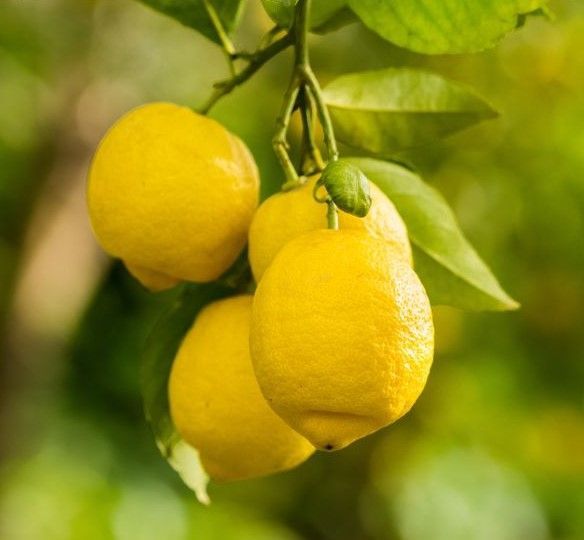
January 2, 2024
Lemon trees (Citrus limon) are small to medium-sized evergreen trees known for their bright yellow, acidic fruits and fragrant, glossy leaves. They are popular among gardeners and are cultivated in many parts of the world for their delicious and versatile fruit. Here is an overview of lemon trees:
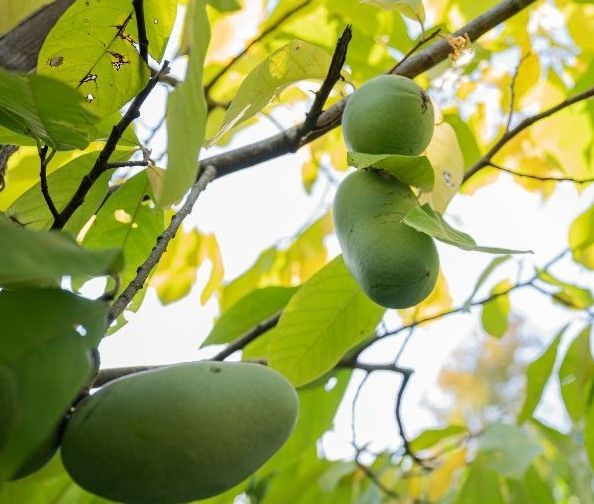
January 2, 2024
The pawpaw is a small , deciduous tree that yields the largest fruit native to North America. Pawpaw trees can grow to a height of about 25 feet and feature maroon-colored blossoms with 6 petals in spring. When grown in shady and protected areas of established forests, they only get to be 2 to 12 feet tall. The leaves are dark green, shiny, and oval-shaped with pointy ends. They can grow up to 12 inches in length. In the fall, the foliage turns varying shades of yellow.

Sign up for monthly newsletters!
From easy tree care practices to fun DIY projects, we've got something for everyone.
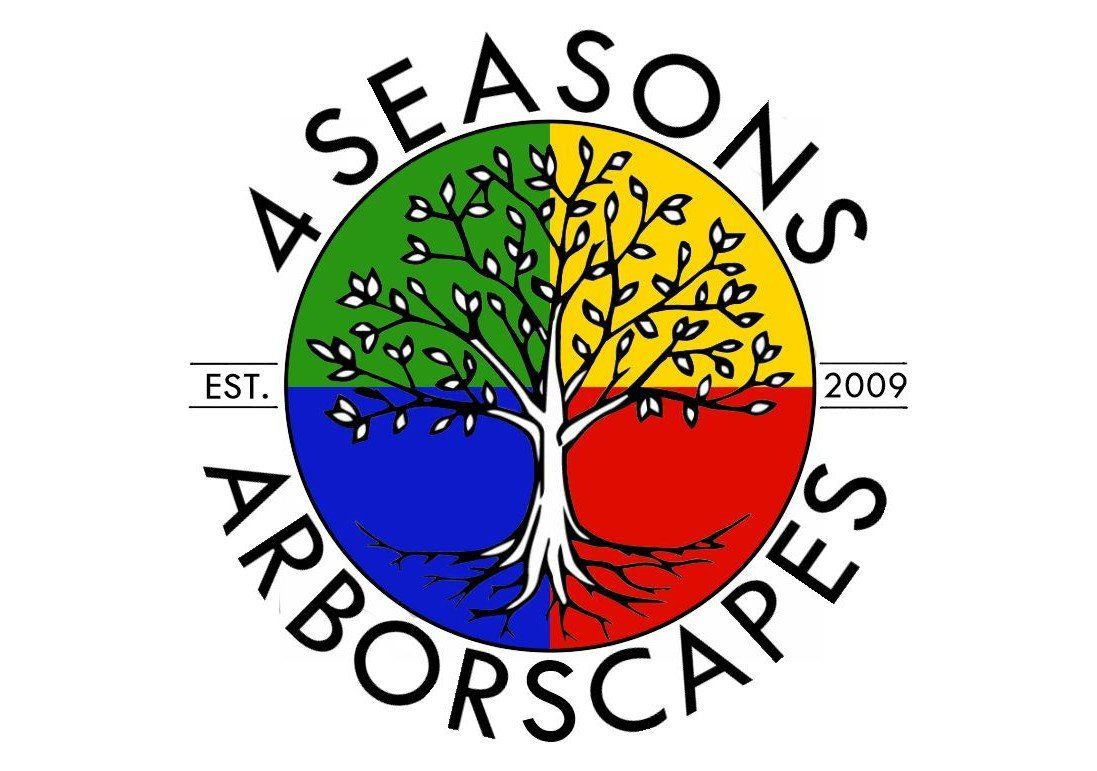
Interested in what we can do for you?
Call us at 610-648-0404 or book an appointment online.
WHAT WE DO
WHO WE ARE
Join the Tree Society newsletter
Get monthly articles on the latest in the tree care industry, curated by people deeply passionate about environmental stewardship.



